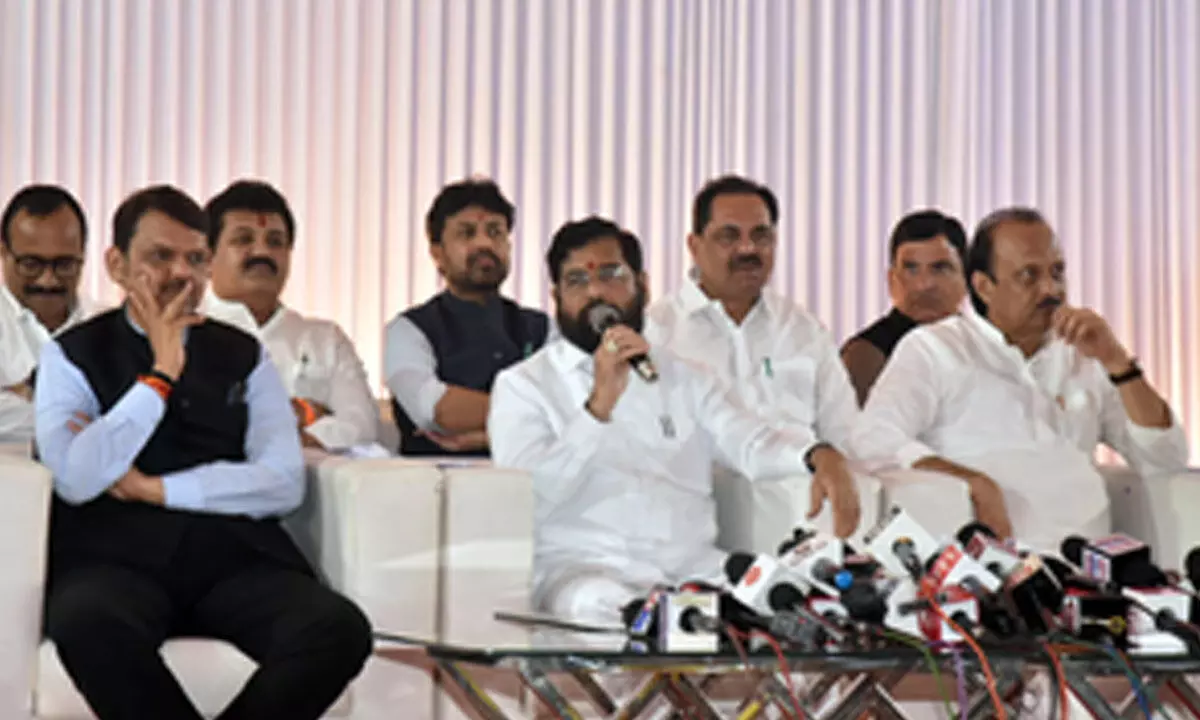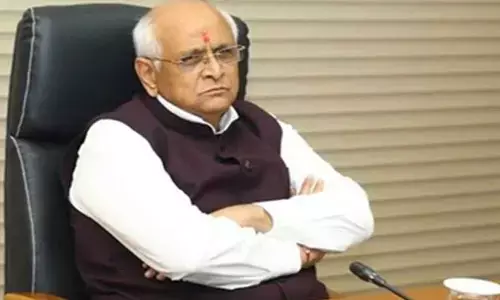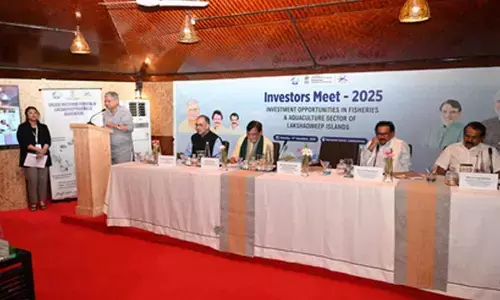LS polls: MahaYuti to aggressively take up Rs 8 lakh crore infra projects with voters
Share :

Transformation of Maharashtra through the implementation of a slew of infrastructure projects worth Rs 8 lakh crore will be one of the leading planks of the MahaYuti comprising BJP, Eknath Shinde-led Shiv Sena and Ajit Pawar-led NCP as it plans to aggressively take it up with the voters during the upcoming Lok Sabha elections.
Mumbai: Transformation of Maharashtra through the implementation of a slew of infrastructure projects worth Rs 8 lakh crore will be one of the leading planks of the MahaYuti comprising BJP, Eknath Shinde-led Shiv Sena and Ajit Pawar-led NCP as it plans to aggressively take it up with the voters during the upcoming Lok Sabha elections.
MahaYuti believes that the infrastructure development will help it to achieve Maharashtra to be a $1 trillion economy.
Chief Minister Eknath Shinde and his two deputies Devendra Fadnavis and Ajit Pawar argue that the infrastructure development will lead to asset creation, employment generation, revenue mobilisation, increase in consumption that will ultimately bring the money back in the economy giving the push for its growth. A number of infrastructure projects include Metro rail, roads, highways, bridges and sea links, coastal roads, upgradation and strengthening of railway network and airports.
The government has formed Maharashtra State Infrastructure Development Corporation with a mandate to implement infrastructure projects such as roads, ports, airports, Railways, Metro and electricity.
MahaYuti’s focus is also to aggressively push the Mumbai Metropolitan Region’s economy to $300 billion by 2030. The alliance believes that it is an achievable target with the timely implementation of infrastructure projects.
MahaYuti plans to project the commissioning of the 701 km Mumbai Nagpur Samruddhi Marg and the 21.8 km Mumbai Trans Harbour Link (MTHL) as game changers to spur the economic growth and the development of various districts. Of the 701 km, 625 km of Samruddhi Marg is currently opened for vehicular traffic and after its full completion it will open up numerous opportunities in 10 districts along the highway for the development of growth centres, agriculture and agri-based industries, manufacturing and services units.
On the other hand, the government sees that the MTHL will make the Navi Mumbai and Raigad district as the new hub for data centres and IT and ITeS industry in addition to the realty, hospitality, manufacturing and engineering sectors.
The Rs 12,000 crore Mumbai Coastal Road project is expected to ease traffic and make the travel smooth also because of declines in noise and air pollution. One lane of 10.58 km will be opened on March 11. The number of roads on both sides of the lane is 8 (six in the tunnel). The government expects that 70 per cent of the time and 34 per cent of the fuel will be saved due to the Coastal Road.
This apart, the MahaYuti is banking on the completion of 337-km Metro network in Mumbai Metropolitan Region. Currently, the 46-km route is operational. The government is simultaneously pushing the Metro network in Pune, Pimpri Chinchwad and Nagpur.
As far as road development is concerned, the government is in the midst of development of a 451-km long road with the assistance of Asian Development Bank while the construction of a 468-km long road in the second phase is in progress. Under the NABARD loan assistance scheme, 2,470 km of roads have been improved and 731 bridges were completed. Under the Hybrid Annuity Project, 6,700 km of road length work has been completed.
In case of railway, the government has approved Rs 3,552 crore for Jalna Jalgaon new broad gauge railway line and Rs 750 crore for Nanded Bidar new railway project as a state government share.
The government hopes that the first two phases of Navi Mumbai International Airport (NMIA) will be commissioned in March 2025 with 20 million passengers handling capacity per annum. Once the NIMA is fully completed, it will handle 90 million passengers annually.
Moreover, the MahaYuti has firmed up a plan to increase power generation installed capacity through both conventional and renewable energy sources. However, in the wake of climate change and the net zero agenda, the state-run MahaGenco has planned the development of 8,000 MW of renewable energy projects with 7 MW to 300 MW installed capacity.















